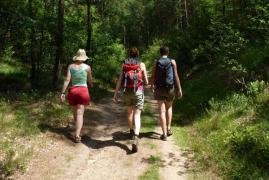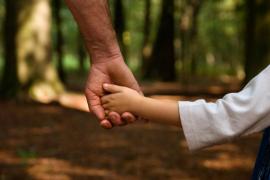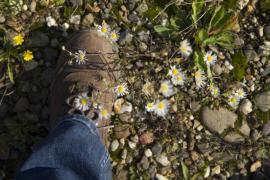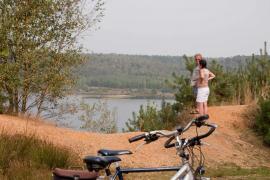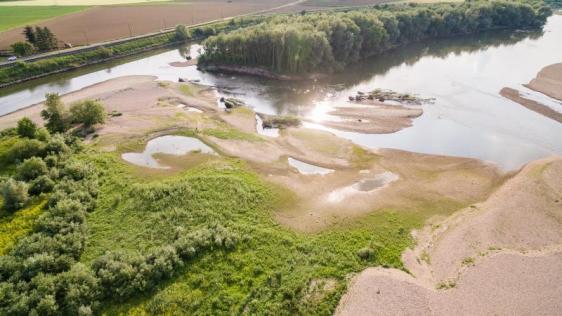
The vast majority of nature reserves in the Maas valley are managed by Limburgs Landschap vzw, Natuurpunt, Natuurmonumenten and Staatsbosbeheer. They work towards the same natural image, in which river dynamics and year-round grazing are important processes.
Important nature centres on the Flemish bank are Hochterbampd-Herbricht, Oude Weerd and Biesweerd, Maaswinkel-Maesbempder Greend, Mazenhoven, Negenoord-Kerkeweerd, Boyen-Veurzen (stream valley grasslands) and Bichterweerd, Koningssteen-Kollegreend and the Vijverbroek. The unique Kraaienbosje in Maasmechelen, 1 ha in size, is managed by ANB and is the only hardwood riparian forest(s) in Flanders, known for its spring blooms.
On the Dutch shoreline, the area includes the 'struinnatuur' around Borgharen-Itteren and 'Aan de Maas' between Geulle and Elsloo, Meers-Maasband (gravel islands, grassland, ooibos), Nattenhoven, Trierveld, Roosteren-Visserweert, the Molenplas a number of other smaller gravel lakes. To the north is the cross-border area Koningssteen-Kollegreend which is jointly managed by Limburgs Landschap and Natuurmonumenten. In specific cases, there is close cooperation with local farmers, such as in Eiland in de Maas or Boyen-Veurzen.
Via stream valleys, green stepping stones and open space connections, the nature cores have a connection with areas such as the Bunderbos, the Hoge Kempen National Park and the GrensPark Kempen~Broek.
Through a number of pilot projects of ARK from the 1990s onwards, choices were made in many management plans for a form of process nature in which river dynamics and natural grazing are leading and minimal, but as much as necessary for the variation in species and layout, is adjusted.

